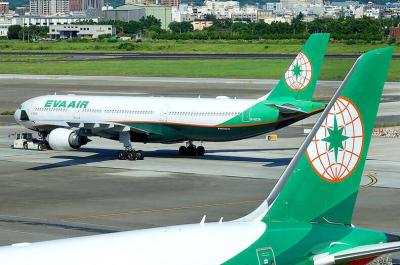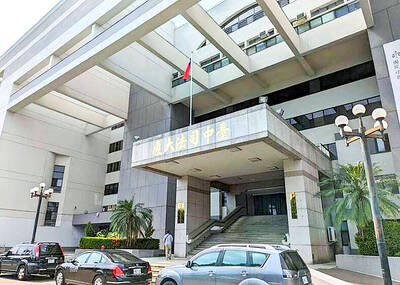Representatives in the publishing industries in Taiwan and China said they expected both sides would conduct more frequent bilateral exchanges to increase readership and jointly work on producing quality Chinese-language publications.
Lee Ho, head of Taiwan’s Planter Press Co, said he expected the government to further boost cross-strait exchanges in the publishing industry, such as by reducing taxes on Taiwanese books exported to China.
Such a move would help increase the competitiveness of Taiwanese books in China, Lee said, saying the price of a Taiwanese book is usually twice as high as books published in China.
Citing about 20 years of cross-strait cooperation in the publishing area via copyright purchases, visits by publishing representatives and participation in each other’s book fairs, Lee said it was time for the government to “take further actions.”
“Our ultimate goal is to expand the market for Taiwanese quality publications,” he said on the sidelines of the Taipei International Book Exhibition.
The annual fair, one of the largest in Asia, began on Wednesday and finishes today.
Lee said that Taiwan’s strength was in producing books with attractive designs and in its leadership in anticipating market demand.
At the exhibition’s opening ceremony, President Ma Ying-jeou (馬英九) said Taiwan and China should strengthen their publishing ties.

The first global hotel Keys Selection by the Michelin Guide includes four hotels in Taiwan, Michelin announced yesterday. All four received the “Michelin One Key,” indicating guests are to experience a “very special stay” at any of the locations as the establishments are “a true gem with personality. Service always goes the extra mile, and the hotel provides much more than others in its price range.” Of the four hotels, three are located in Taipei and one in Taichung. In Taipei, the One Key accolades were awarded to the Capella Taipei, Kimpton Da An Taipei and Mandarin Oriental Taipei. Capella Taipei was described by

EVA Airways today confirmed the death of a flight attendant on Saturday upon their return to Taiwan and said an internal investigation has been launched, as criticism mounted over a social media post accusing the airline of failing to offer sufficient employee protections. According to the post, the flight attendant complained of feeling sick on board a flight, but was unable to take sick leave or access medical care. The crew member allegedly did not receive assistance from the chief purser, who failed to heed their requests for medical attention or call an ambulance once the flight landed, the post said. As sick

The Taichung District Court yesterday confirmed its final ruling that the marriage between teenage heir Lai (賴) and a man surnamed Hsia (夏) was legally invalid, preventing Hsia from inheriting Lai’s NT$500 million (US$16.37 million) estate. The court confirmed that Hsia chose not to appeal the civil judgement after the court handed down its ruling in June, making the decision final. In the June ruling, the court said that Lai, 18, and Hsia, 26, showed “no mutual admiration before the marriage” and that their interactions were “distant and unfamiliar.” The judge concluded that the couple lacked the “true intention of

A drunk woman was sexually assaulted inside a crowded concourse of Taipei Railway Station on Thursday last week before a foreign tourist notified police, leading to calls for better education on bystander intervention and review of security infrastructure. The man, surnamed Chiu (邱), was taken into custody on charges of sexual assault, taking advantage of the woman’s condition and public indecency. Police discovered that Chiu was a fugitive with prior convictions for vehicle theft. He has been taken into custody and is to complete his unserved six-month sentence, police said. On Thursday last week, Chiu was seen wearing a white